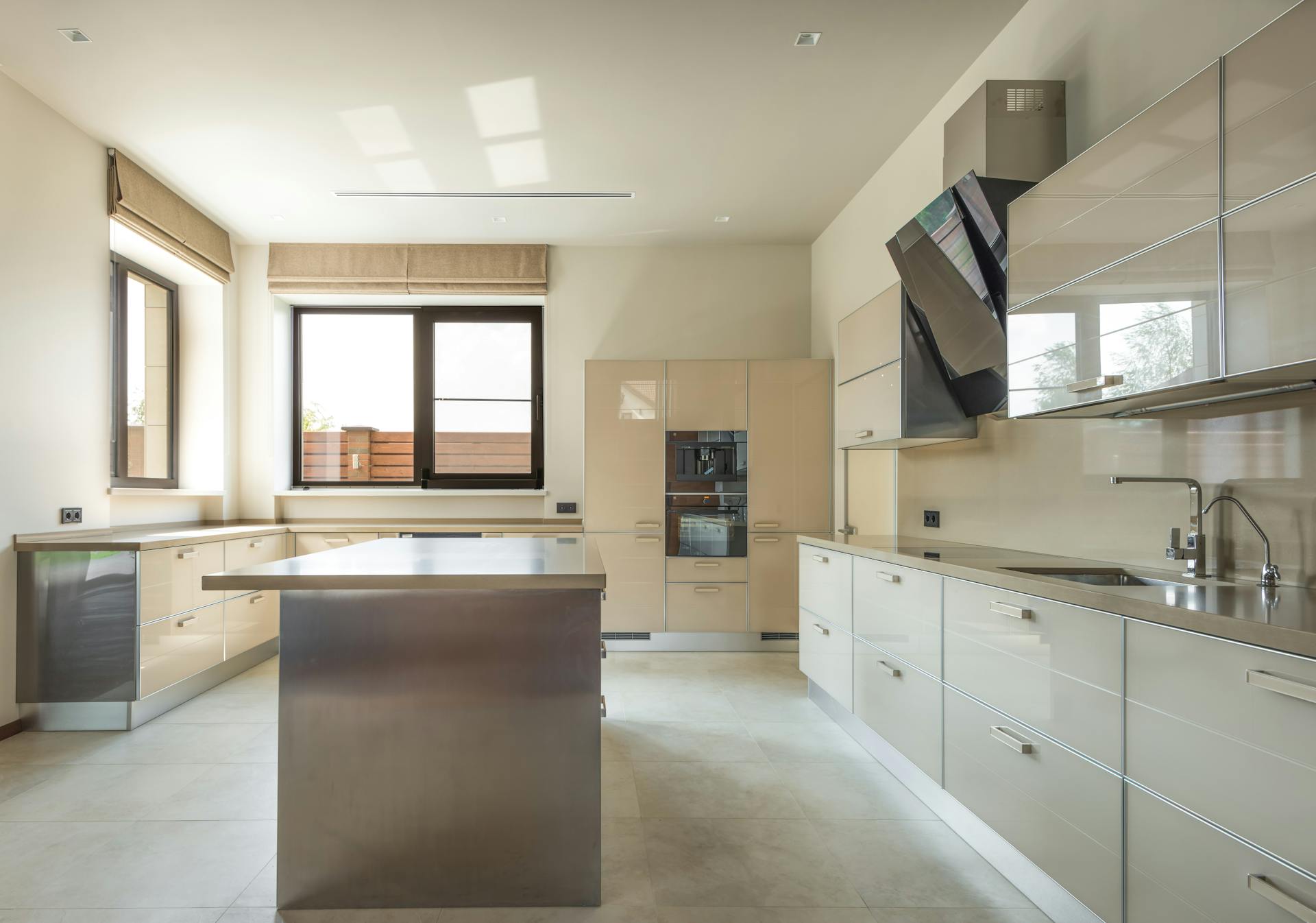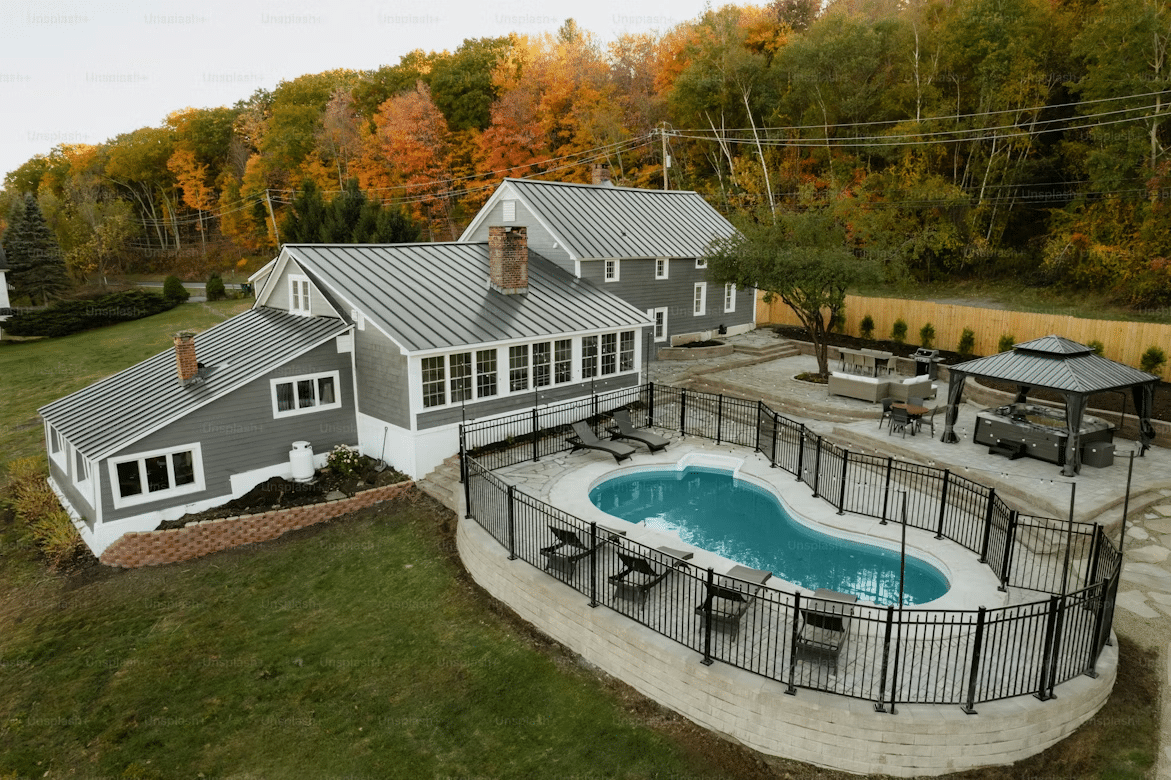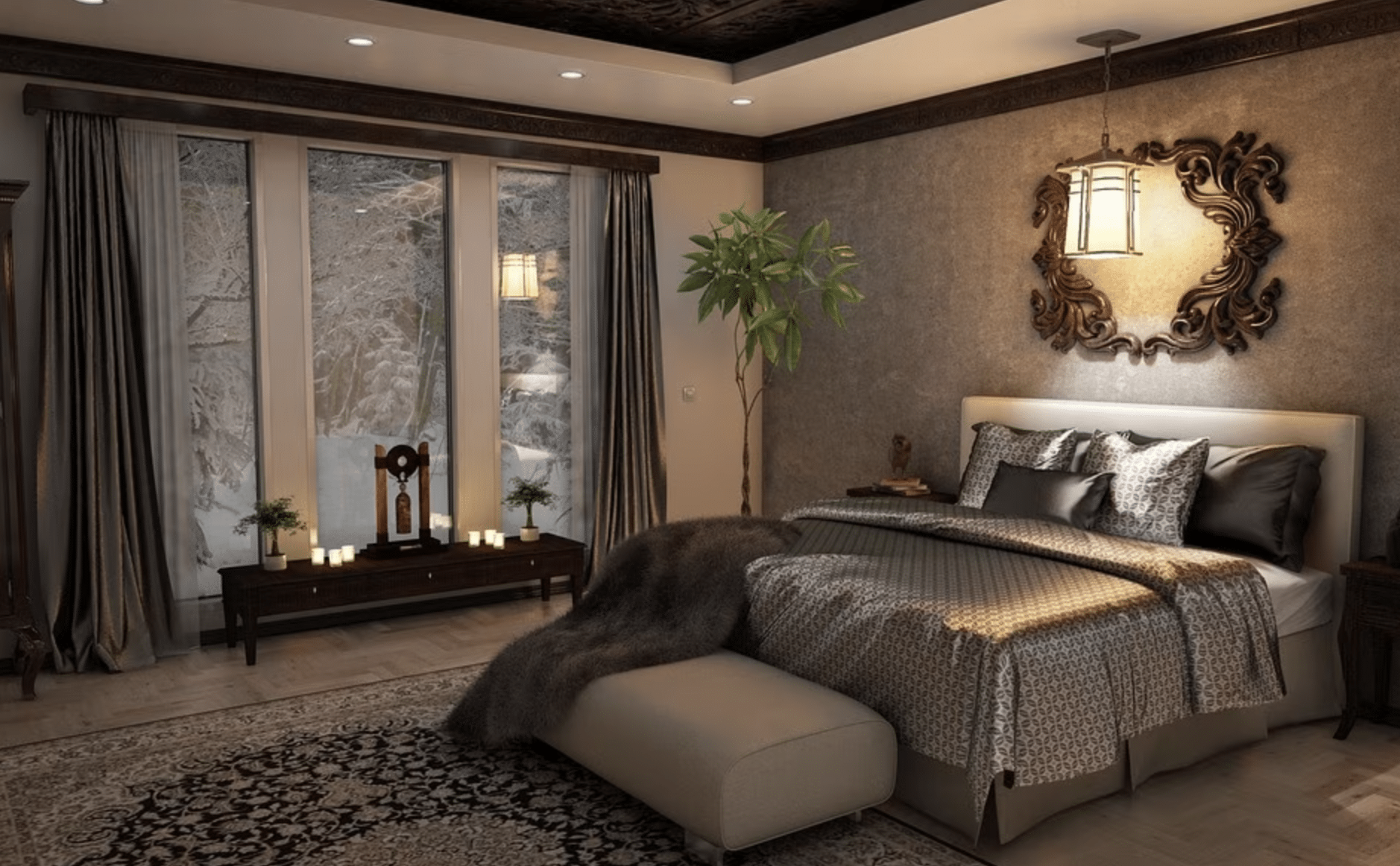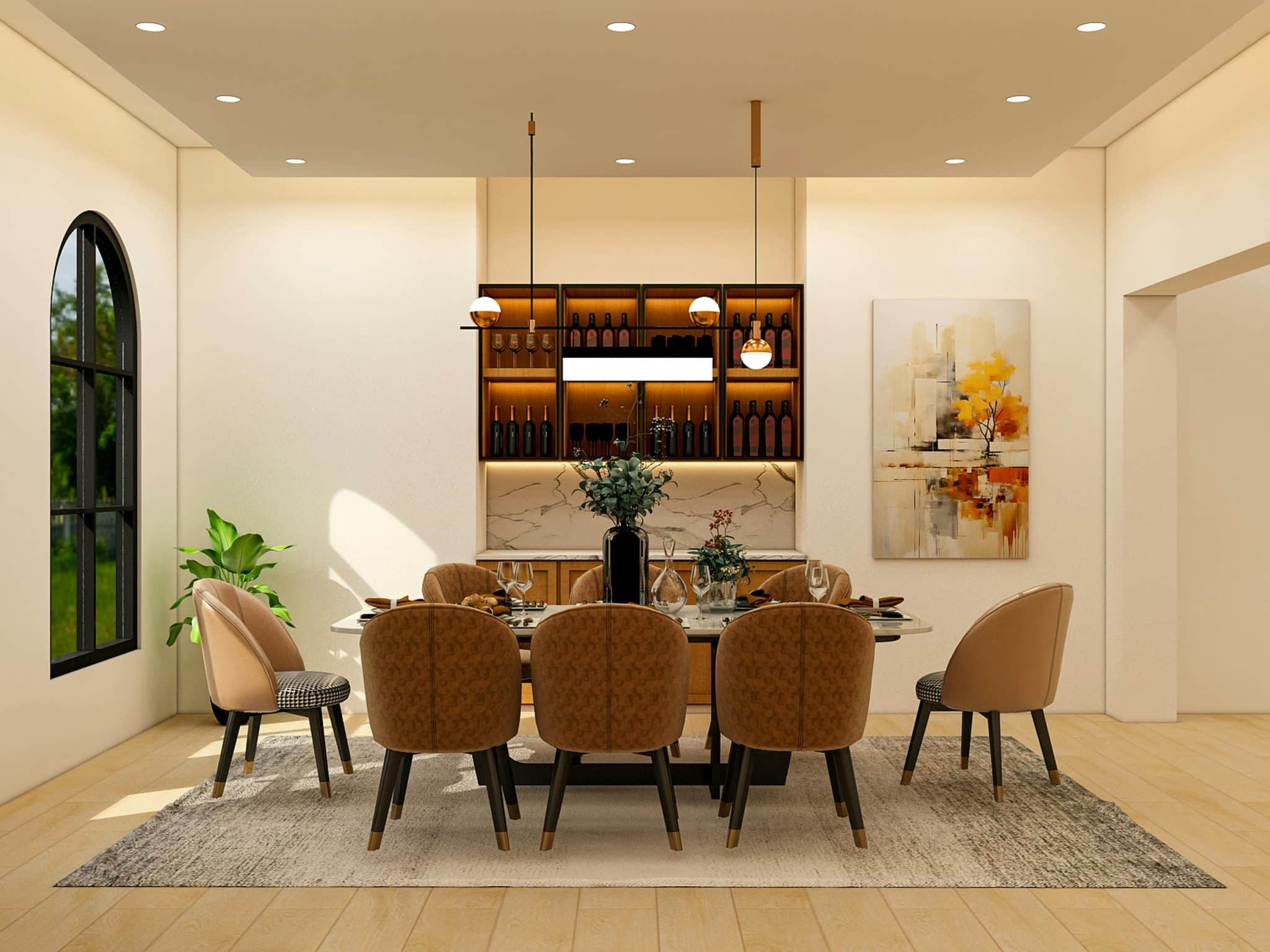Introduction
The kitchen worktop is more than just a functional surface—it’s the hardworking centerpiece of your culinary space that needs to withstand daily food preparation, hot pans, spills, and the test of time.
Whether you’re planning a complete kitchen renovation or simply upgrading your existing surfaces, selecting the right worktop material can dramatically transform both the aesthetic appeal and functionality of your kitchen. With countless materials, finishes, and styles available, understanding your options is essential to making an informed decision that balances durability, maintenance requirements, and budget considerations.
Understanding Different Worktop Materials
Natural Stone Options
Granite remains one of the most popular choices for homeowners seeking durability and timeless elegance. This natural stone offers exceptional heat resistance and comes in a stunning variety of colors and patterns, with each slab being completely unique. Marble, while more porous and requiring regular sealing, delivers unparalleled luxury and sophistication that appeals to traditional kitchen designs.
Quartz worktops have surged in popularity over recent years, combining the beauty of natural stone with engineered resilience. Unlike granite, quartz is non-porous, making it highly resistant to staining and bacterial growth—an important consideration for busy family kitchens.
Practical Alternatives
Laminate worktops offer an affordable entry point for budget-conscious renovators without sacrificing style. Modern laminate options convincingly mimic the appearance of stone, wood, and concrete at a fraction of the cost. While they may not match the longevity of stone, they’re easy to install and replace when trends change.
Solid wood worktops bring warmth and natural character to any kitchen. Oak, walnut, and beech are popular choices that develop a beautiful patina over time. However, wooden surfaces require regular oiling and careful maintenance to prevent water damage and staining.
Key Factors in Your Decision-Making Process
Lifestyle Considerations
Your cooking habits should heavily influence your choice. Avid bakers might prefer the naturally cool surface of marble for working with pastry, while families with young children might prioritize the stain-resistant properties of quartz. If you frequently use your kitchen for entertaining, heat-resistant materials like granite allow you to place hot dishes directly on the surface without worry.
Budget Planning
Establishing a realistic budget early helps narrow your options. While Kitchen worktops are available at various price points, remember that installation costs can significantly impact your total investment. Stone materials typically require professional templating and fitting, whereas laminate might be suitable for confident DIY enthusiasts.
Maintenance Requirements
Consider how much time you’re willing to dedicate to upkeep. Sealed granite needs re-sealing every few years, wood requires regular oiling, while quartz demands minimal maintenance beyond daily cleaning with mild soap and water. Your honest assessment of maintenance commitment will ensure long-term satisfaction with your choice.
Design Integration and Aesthetics
The worktop you choose should complement your overall kitchen design scheme. Light-colored surfaces can make small kitchens feel more spacious, while dark granite or wood creates dramatic contrast in contemporary spaces. Consider how your worktop will coordinate with cabinetry, flooring, and backsplash tiles to create a cohesive visual flow.
Edge profiles also contribute to the finished look—from simple straight edges to more elaborate ogee or waterfall designs. These details can subtly elevate the perceived quality and craftsmanship of your kitchen.
FAQ Section
How long do different kitchen worktops typically last? Granite and quartz worktops can last 25 years or more with proper care, while laminate surfaces typically need replacing after 10-15 years. Solid wood can last decades if maintained correctly, though it may require refinishing over time.
Can I install a new worktop on existing cabinets? Yes, provided your cabinets are structurally sound and level. However, heavier materials like granite may require additional support, and you should verify that cabinet strength is adequate before installation.
What’s the most hygienic worktop material? Quartz is considered the most hygienic option due to its non-porous surface that resists bacterial growth. Properly sealed granite also performs well, while wood has natural antimicrobial properties despite being porous.
Are there eco-friendly worktop options available? Absolutely. Recycled glass worktops, reclaimed wood, and sustainably sourced timber offer environmentally conscious alternatives. Some composite materials also incorporate recycled content while maintaining durability.
How much overhang should a worktop have? Standard overhang is typically 25-40mm beyond cabinet fronts, allowing comfortable standing room. Breakfast bar overhangs require 300-450mm to accommodate knee space, with adequate support brackets for stability.
Conclusion
Selecting the ideal kitchen worktop involves balancing practical requirements with aesthetic preferences and budget constraints. Whether you’re drawn to the natural elegance of stone, the warmth of timber, or the practicality of engineered surfaces, understanding the characteristics of each material empowers you to make a confident choice.
Remember that your worktop is a significant investment that will serve your household for many years—taking time to research options, visit showrooms, and consult with professionals will ensure you create a kitchen that’s both beautiful and functional for your unique lifestyle needs.








